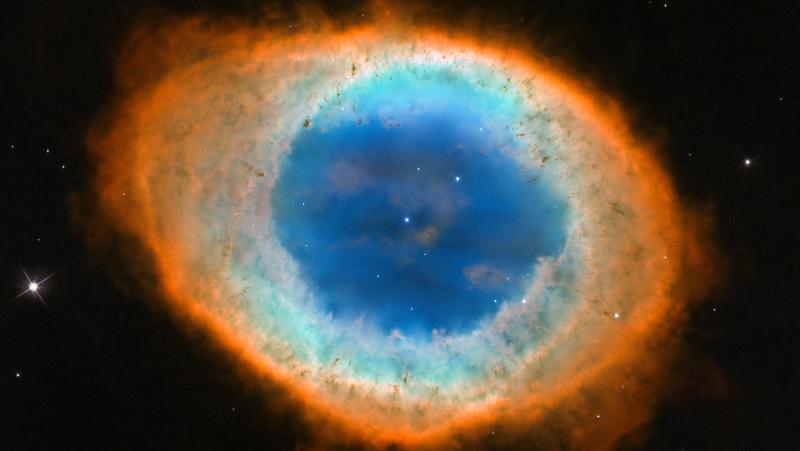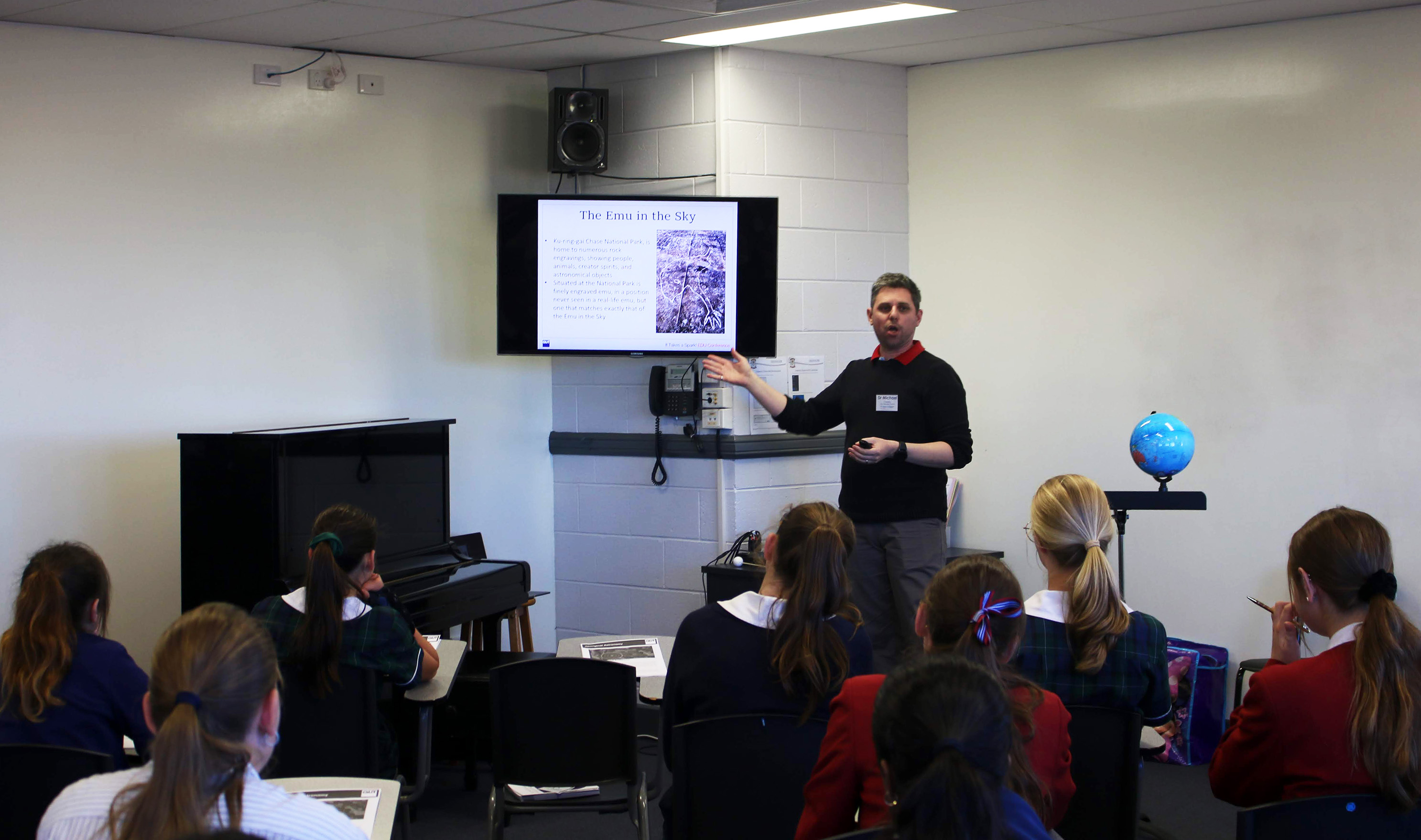
Indigenous Australians’ long history of astronomy is a knowledge gap too long ignored in traditional textbooks, according to a QUT astrophysicist.
Dr Michael Cowley, from QUT’s School of Chemistry and Physics, draws on both Indigenous Australian and Western astronomy to inspire students to search for answers in the stars.
“Our studies of the universe invoke awe and wonder as we share an innate curiosity to explore the universe,” Dr Cowley said.
“When students are first introduced to the world of astronomy, they are often presented with the early works of the ancient Greeks or Mayans dating back several thousands of years.
“The First Australians or the ancestors of the Australian Aboriginal people have links to astronomy that stretch back over 60,000 years.”

Dr Cowley said for undergraduate courses - including an astrophysics minor - he placed a strong focus on how Indigenous and Western philosophies complemented each other rather than an emphasis on the clash of cultural perspectives.
However, he said it was time to “staple a new chapter to astronomy textbooks”.
“The positions of the sun, moon and stars have long provided Indigenous Australians with information about the change of seasons, weather patterns and plants and animals’ behaviour,” he said.
“Astronomy informed their very way of life, according to where they were based, using the stars like a calendar to know where and when to hunt.”
Dr Cowley said the helical rising of the malleefowl constellation, also known as Lyra, signified to the Boorong people of Victoria birds were soon to nest.
He said when the constellation disappeared some months later, the eggs had been laid, showing they were ready to be collected.
Dr Cowley said unlike many other ancient cultures, some indigenous groups in Australia, such as the Euahlayi people of New South Wales, demonstrated an understanding that eclipses were caused by a conjunction of the Sun and Moon and used songs and stories to explain the phenomena.
“By sharing stories from the ancient ancestors, we see the sophisticated knowledge of the planets and the sky to serve their communities,” he said.
Dr Cowley also said researchers today explore for links between oral traditions and historical astronomical events, such supernovae – the luminous explosion of stars.
He said records of ancient Indigenous Australian astronomy may help to contribute to efforts by modern scientists to link key astronomical events to observations made by other cultures to provide a timeline to inform modern astronomy.
Dr Cowley was recently acknowledged as QUT’s 100th Associate Fellowship (Indigenous) of the Higher Education Academy in recognition of his teaching.
Dr Cowley said assistance for the content was sought from astronomy academic colleague Associate Professor Duane Hamacher from the University of Melbourne, with links to Ghillar Michael Anderson, leader of Euahlayi nation in NSW and elders from Mer in the eastern Torres Strait.
Dr Cowley is also involved in StartQUT summer offering for Indigenous students: https://www.qut.edu.au/study/options/start-qut-stem-intensive/grand-challenges-in-science-space-exploration.
CONTACT: media@qut.edu.au


